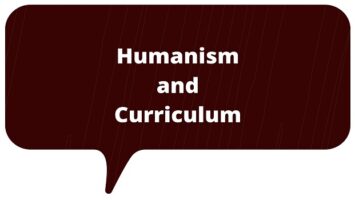Programme of Education Under Dalton Plan:
The underlying principles of the Dalton Plan give an idea that the Dalton Plan is not a specific method of education but it is only a new system of education based on the following six steps-
(1) Contract- Under this system, a plan of work is drawn up for the whole year and the entire plan is divided into twelve parts, on the basis of the 12 months of the year. Before the educands actually take up the work, they have to take a vow that they shall finish the work within a specified period. In this manner, the child enters into a contract. The child is free to carry on his work and he tries to finish it within the specified period. Since the child undertakes a contract, the step is designated as ‘Contract’.
(2) Assignment- The work determined for the whole month is divided into small parts; one part is meant for a day. The work determined for a week is called ‘assignment’ and the collective part of the assignment is called a contract. It is the duty of the teacher to draw up a programme of teaching for the whole month and give it out to the children. While planning the assignment, the mental stage and the physical ability of the children have to be borne in mind.
(3) Unit- The lesson is divided into five parts and each part is called a unit. Therefore, the assignment of contract for a month has four lessons and twenty units. A unit is a work for a day. It is not necessary that the child should complete his day’s unit. He is free to take his own time, earlier or later. It is the duty of the teacher to help the child to finish the specified work within the specified period.
(4) Laboratories- Under Dalton Plan we do not have a classroom. There are laboratories, one for each subject. Therefore, under Dalton Plan, a school has a laboratory of language teaching, a laboratory of Mathematics, a laboratory of History etc. Every laboratory has a specialist of the subject concerned and other materials concerning the teaching of that subject like books, pictures, charts etc. Under these laboratories, there is a place fixed for the children where they sit and attend to their assignments. Children go to various laboratories according to their interests and ability. There is no time fixed for going to a particular laboratory. The child may go to any particular laboratory as and when he likes and may come out of it as and when he so desires.
(5) Assemblies and Conferences- These are the essential elements of the Dalton Plan. In the morning, when the educands and the teachers come to the school, they meet in an “assembly” or a “conference” where the teachers pass on necessary information to the children. After that, the children go away to various laboratories, according to their ‘contract’. In the evening, there is another assembly where the students put forward their difficulties and problems which they have come across during the day. These problems and difficulties are discussed and solved.
On the basis of the Dalton Plan, the working hours of the school are from 9:00 A.M. in the morning to 4:00 P.M. in the evening and between 1 and 2 there is a recess. After the second assembly, the children are free to play and undergo physical exercises. This is up to the teachers to organize an assembly or a conference as and when they require.
(6) Graph- Graphs are used to indicate the progress of the children. These graphs are of three kinds. One grap[h is kept by the student. Through this graph, he knows his own progress in a particular subject because he puts down the complete assignment concerning a particular subject on this graph. The second graph is hung in the classroom. Here, the specialist of the subject puts down the progress made by the child in the subject concerned. This gives an idea to the students as well as the teacher of the progress made in a particular subject. The third graph is of the down. Through this, the work of every student can be known and at a glance, it can be found out as to which student has known how much progress in a particular subject, or how many units of assignments he has been able to complete and how many more he has to finish.









Comments (No)